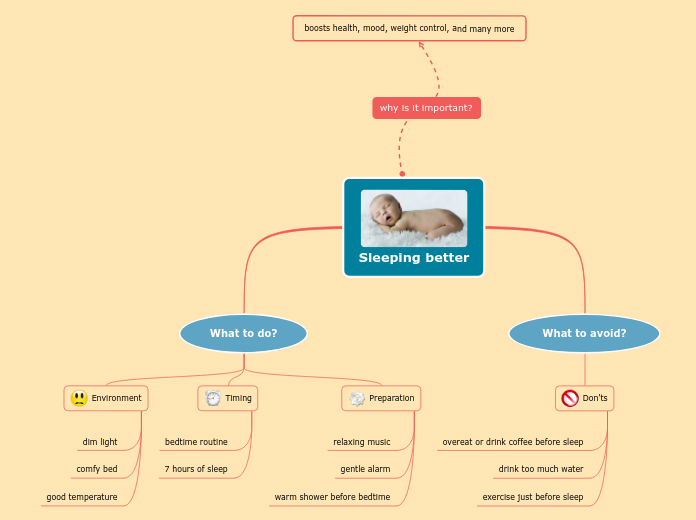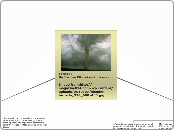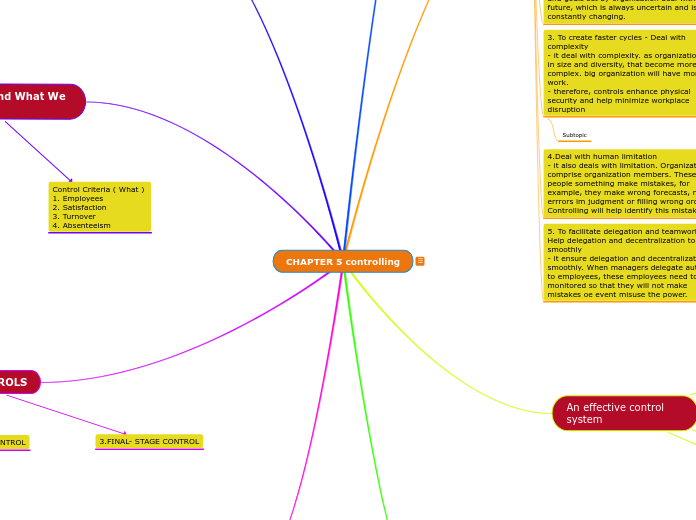по Thomas Lauren 5 лет назад
347
Catalase -- Decomposition of Hydrogen Peroxide (H202)
Hydrogen peroxide is a versatile chemical used across various sectors due to its unique properties. In the industrial sector, it's employed for dechlorination, helping mitigate chlorine'









